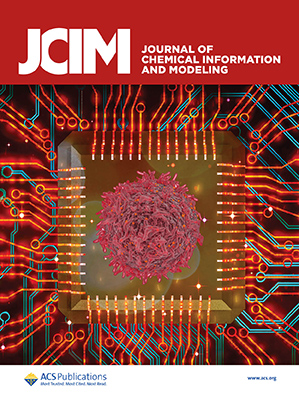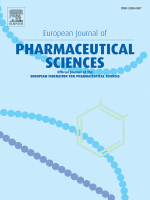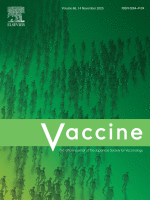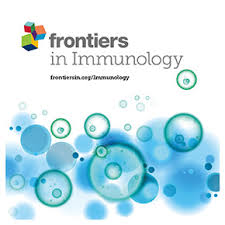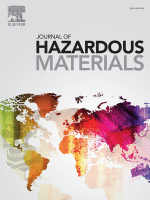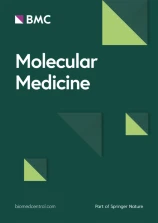-
31 Oct 2025 • Journal Article • Journal of Chemical Information and Modeling
From Mass to Class: Classification of Amphetamines MS/MS Spectra via Graph Neural Networks
AbstractIdentifying emerging novel psychoactive substances (NPS), using liquid chromatography high-resolution tandem mass spectrometry (LC-HR-MS/MS), is often hindered by their frequent absence from mass spectral reference libraries. We developed a graph neural network (GNN) classification model to detect amphetamine derivatives, a subclass of NPS, based on their fragmentation
… show more -
29 Oct 2025 • Journal Article • European Journal of Pharmaceutical Sciences
The impact of solid and liquid lipids and their lipolysis on Griseofulvin bioavailability. In vitro dissolution, in vivo and ex vivo porcine model study
AbstractLipids, either as food components or as drug delivery formulations, are known to enhance the absorption of poorly water-soluble drugs in the gastrointestinal tract. Most research on the effects of different lipids and their lipolysis on dissolution and solubilization of poorly water-soluble drugs is conducted using liquid lipids, including liquid meals. In the present
… show more -
24 Oct 2025 • Journal Article • Scientific Reports
Elucidating the activation mechanism of botulinum neurotoxin a: role of α-clostripain and NTNH
AbstractBotulinum neurotoxin A (BoNT/A) is one of the most toxic substances known. The bacterium Clostridium botulinum produces it as a 150-kDa polypeptide with relatively low potency. Surprisingly, the endogenous protease that transforms this polypeptide into an activated, full-potency toxin, consisting of a 100-kDa heavy chain connected to a 50-kDa light chain (LC) by a
… show more -
18 Oct 2025 • Preprint • Social Science Research Network
Ridiculously Simple Data-Driven Air Pollution Interpolation Method
AbstractAir pollution interpolation is crucial for civil management. Various methods, including deterministic, geostatistical, and Machine Learning (ML)-based techniques have been utilized. Each method has limitations: deterministic methods do not adequately model environmental complexity, geostatistical methods struggle with small-scale areas, and ML depends heavily on data
… show more -
16 Oct 2025 • Journal Article • Vaccine
Using the vesicular stomatitis virus vector (rVSV vector) platform for SARS-CoV-2 vaccine development: Phase 1/2 safety and immunogenicity of IIBR-100 in healthy adults
AbstractBackground
We investigated the safety and immunogenicity of the IIBR-100 (rVSV-SARS-CoV-2-S) vaccine, a recombinant VSV-ΔG-spike vaccine against SARS-CoV-2 virus.
Methods
In a phase 1/2, randomized, observer-blind, placebo-controlled study (ClinicalTrials.gov : NCT 04608305), healthy younger (18–55 years) and older (56–85 years) adults were
… show more -
15 Oct 2025 • Journal Article • Frontiers in Immunology
The mRNA component of LNP-mRNA vaccines triggers IFNAR-dependent immune activation which attenuates the adaptive immune response
AbstractEncapsulation of mRNA in lipid nanoparticles (LNPs) has established the LNP–mRNA platform as the strategy of choice for the rapid development of vaccines against both existing and emerging pathogens. However, despite its widespread global implementation during the COVID-19 pandemic, the immunological mechanisms underlying its efficacy remain incompletely understood. In
… show more -
15 Oct 2025 • Journal Article • Journal of Hazardous Materials
Fate and decontamination of Novichok agent A232 on environmental and urban matrices
AbstractNovichoks are highly toxic chemical warfare agents (CWAs), which gained significant attention after being used in the assassination attempt of Sergei Skripal (2018, Salisbury). Since then, only a limited number of experimental studies on Novichoks were conducted with focus on their physicochemical properties, toxicology and pharmacology. Their stability on various
… show more -
3 Oct 2025 • Journal Article • Toxicology and Applied Pharmacology
Proteomic profiling and bioinformatics insights into lung tissue damage following whole-body exposure to sulfur mustard vapor
AbstractSulfur mustard (SM) is a chemical warfare agent that causes severe cellular damage by alkylating DNA and proteins, with the skin, eyes, and respiratory system being the most affected. Acute respiratory injury is the primary cause of long-term lung damage following exposure. Despite its long history of use, SM's mechanism of action remains poorly understood, and no
… show more -
2 Oct 2025 • Preprint • Preprints.org
Adult Botulism of Unknown Source with Post-toxin Anti-GQ1b Antibodies: Implications for Molecular Mimicry
AbstractBackground: Botulism is a rare but potentially fatal neuroparalytic illness caused by Clostridium botulinum neurotoxins (BoNTs). While adult cases usually result from foodborne exposure or wound infection, intestinal colonization is exceedingly uncommon. Diagnosis can be delayed by overlap with other neuromuscular syndromes, and confirmation requires specialized assays
… show more -
29 Sep 2025 • Journal Article • Molecular Medicine
NET degradation attenuates ricin-induced acute lung injury and protects mice from ARDS
AbstractBackground
Neutrophils are critical first responders of the innate immune system, rapidly recruited to sites of infection or sterile injury. Upon activation by pathogen- or damage-associated molecular patterns, neutrophils initiate antimicrobial responses, including cytokine release, phagocytosis, and the formation of neutrophil extracellular traps (NETs). While NETosis
… show more
